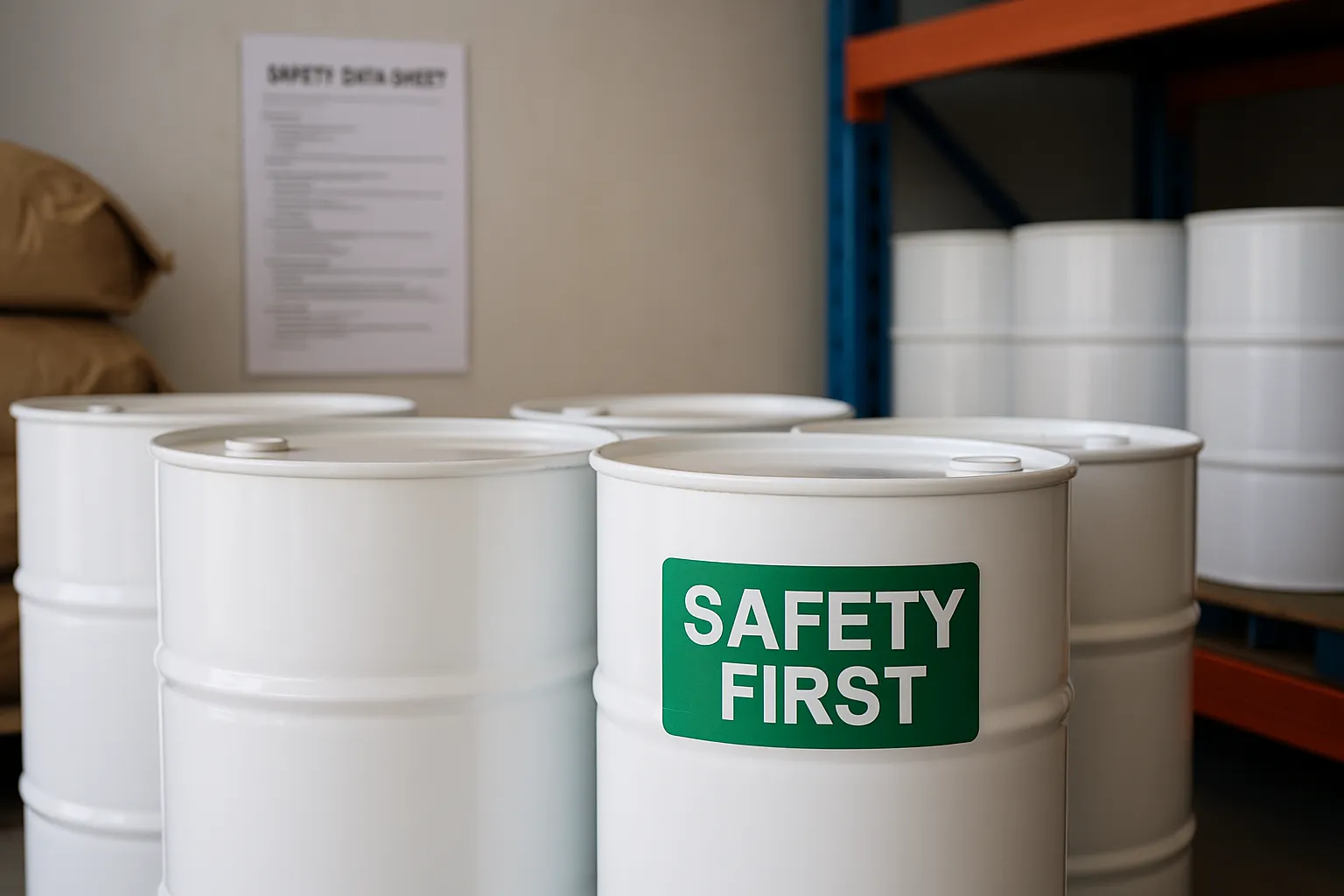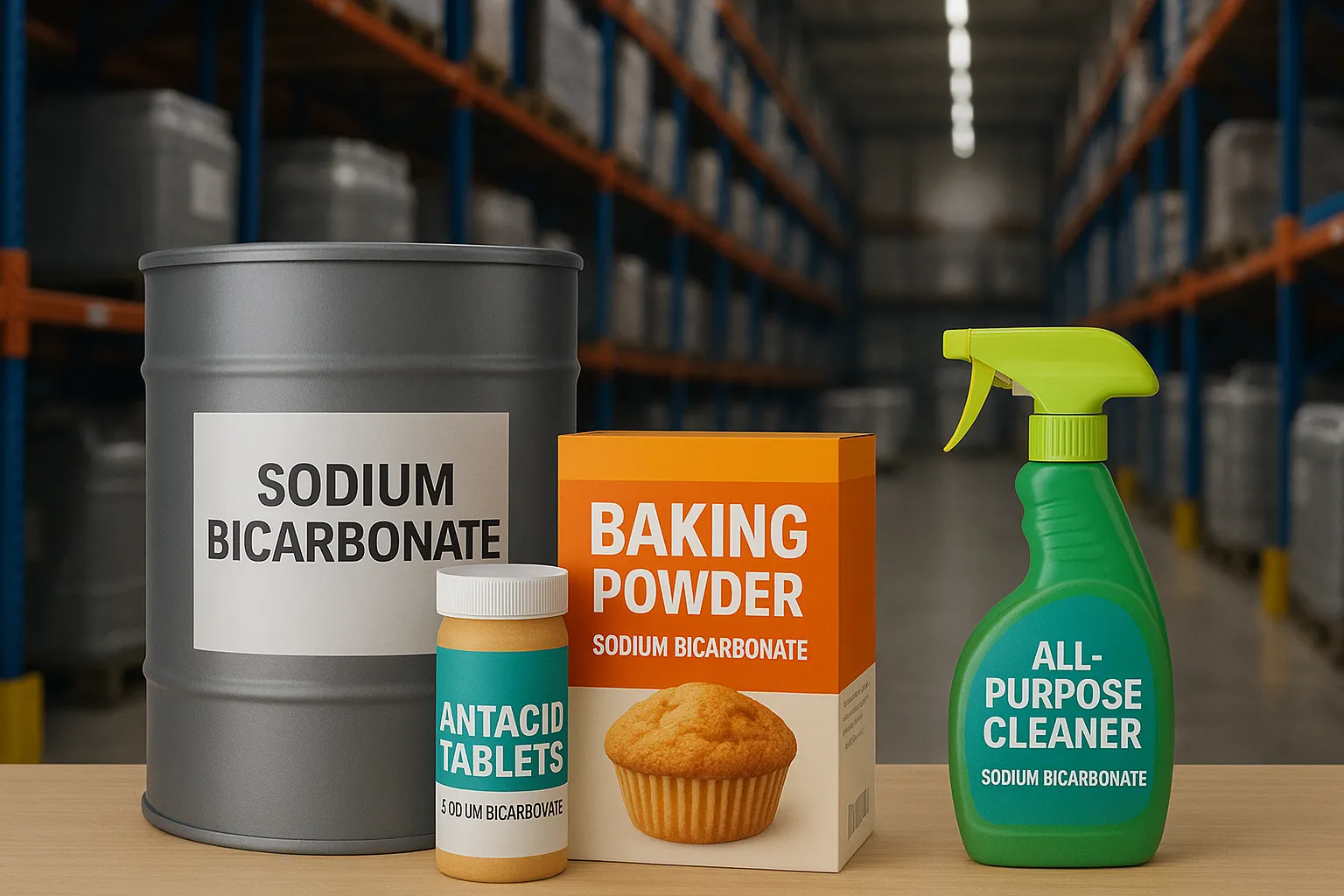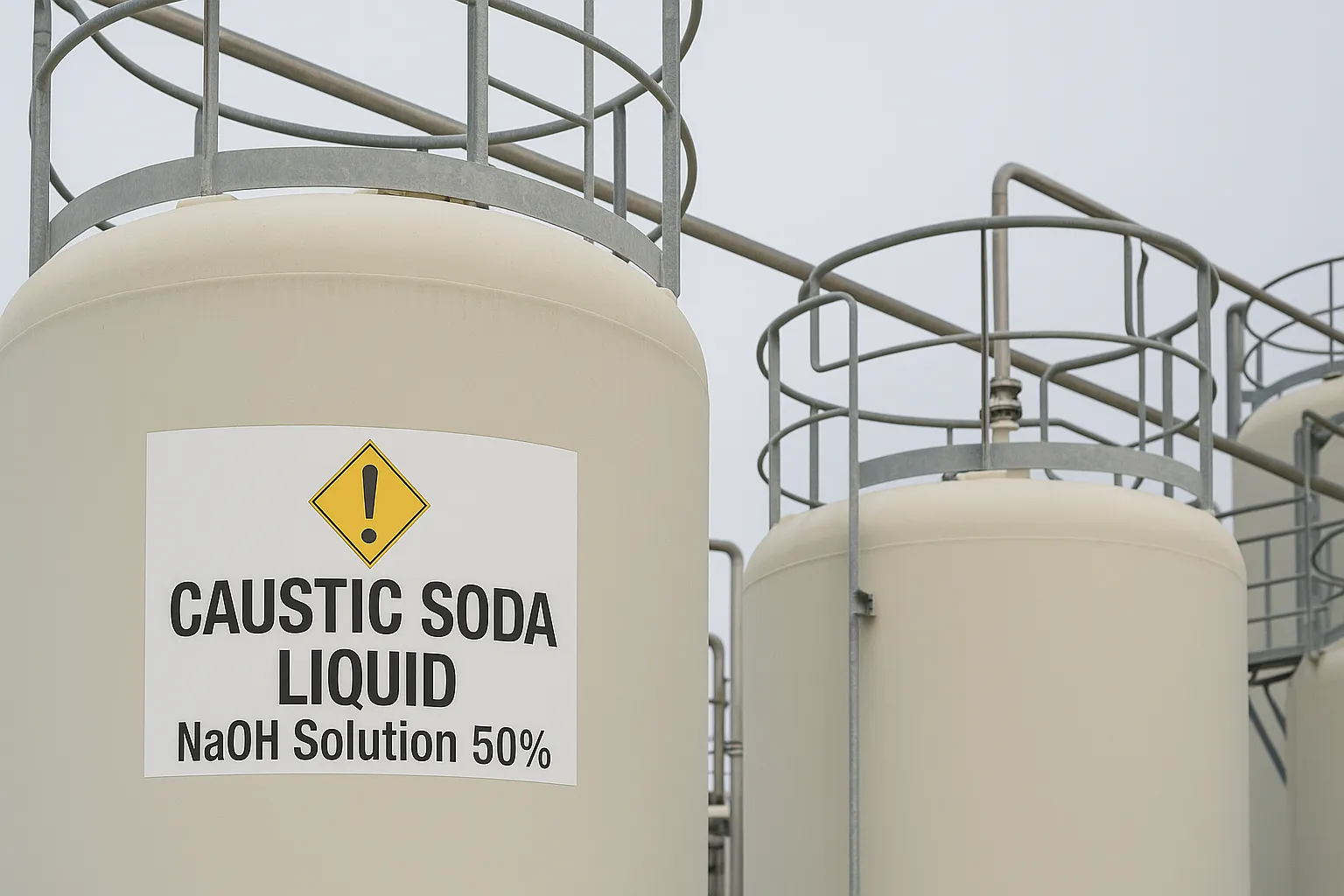Latest Articles

Soap and Detergents
Material Safety Data Sheet Sodium Bicarbonate: What Industries Must Know
10 July 2025

Food Ingredients
Kegunaan Sodium Bicarbonate dalam Berbagai Industri: Solusi Serbaguna untuk Bisnis Anda
09 July 2025

Food Ingredients
Caustic Soda Liquid: The Versatile Solution for Chemical and Food Industries
01 July 2025